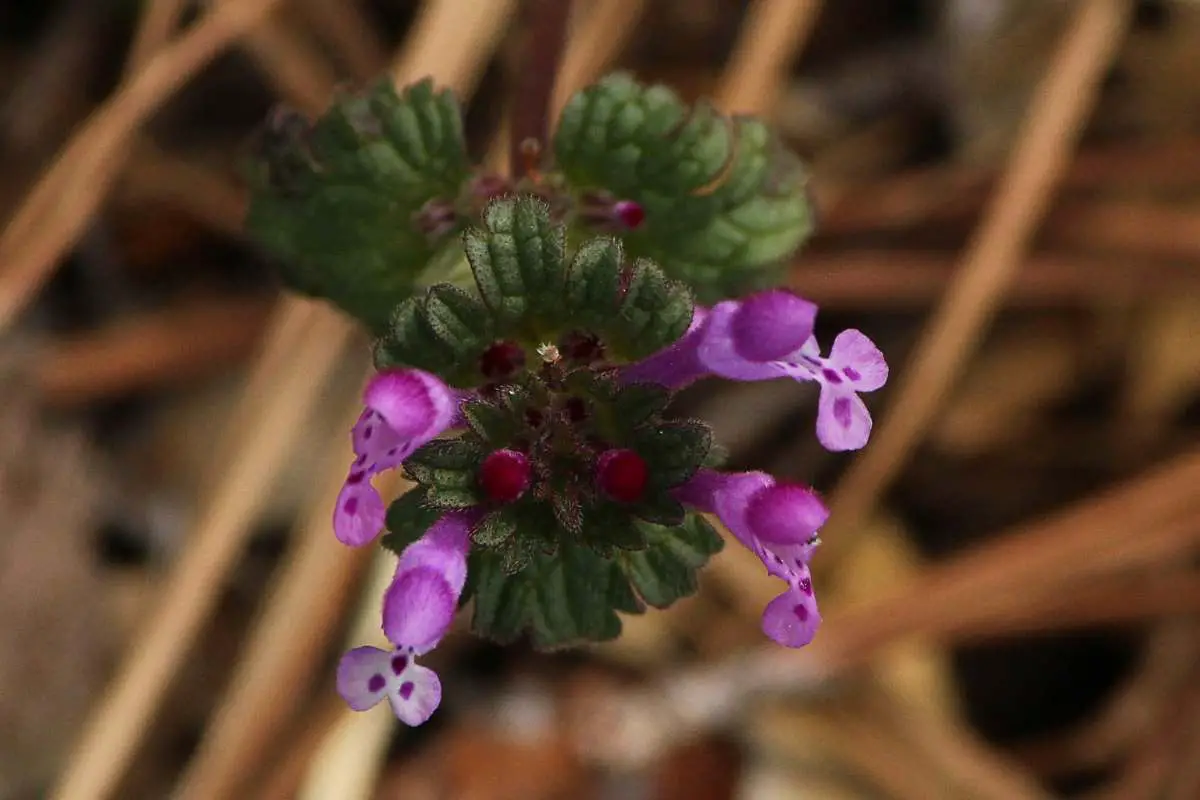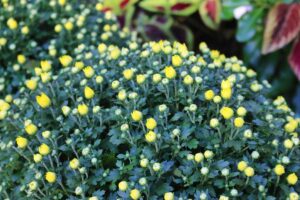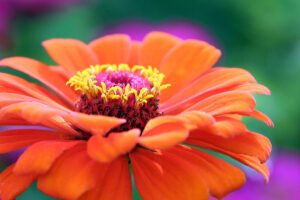This page may contain affiliate links. If you click and buy, we might get a small commission at no cost to you.
Georgia is 24th largest state in the the US, and is ranked eighth by population. The state also has 12 different climate zones, which encourages the growth of a variety of plant-life. In this article we’ll be discussing the weeds in Georgia, and learn some interesting facts about them. From wild garlic to the invasive kudzu, these are the plants you must watch out for.
Here are 15 weeds you might encounter in Georgia and some methods for getting rid of them from your garden.
15 Weeds in Georgia
1. Cogongrass
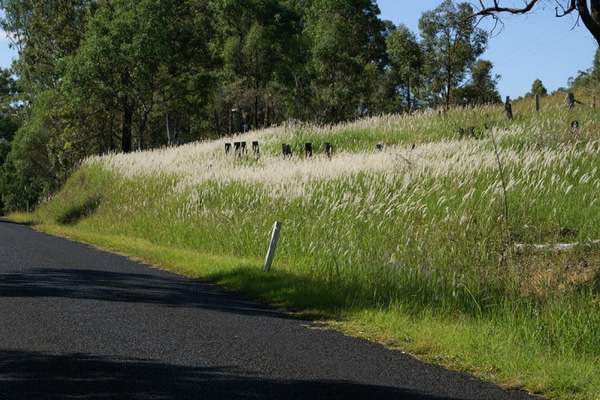
Scientific Name: Imperata cylindrica
Cogongrass is a dangerous weed that could harm your lawn and garden. In fact, it’s classified as a federal noxious weed in Georgia because it’s highly flammable and can kill a variety of wildlife.
This plant is distinguished by its sharp, branched, and white rhizomes. It also produces a large fuzzy panicle of flowers and seeds from late March to mid-June.
If the cogongrass is already established, you can use herbicides to kill it, or you can use a deep plow to destroy the rhizomes.
2. Kudzu
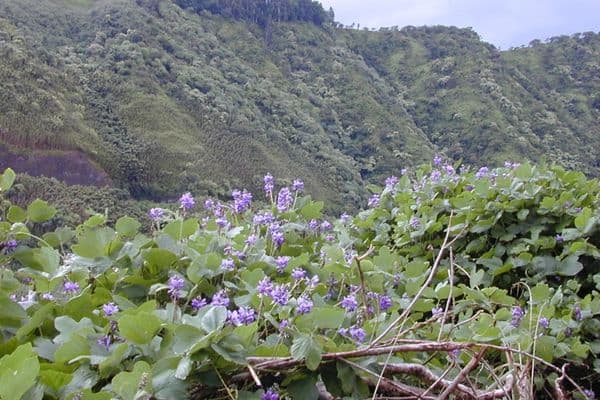
Scientific Name: Pueraria montana
Kudzu is an invasive semi-woody vine that can grow up to a foot per day. It has been observed to wreak havoc on local ecosystems and cause significant damage to buildings and other infrastructure.
Kudzu is native to Asia, but it’s now found throughout the United States. In fact, it’s considered an invasive species in many parts of the country. Keep your garden consistently mowed to prevent them from growing, or use herbicides to remove them.
3. Chamberbitter
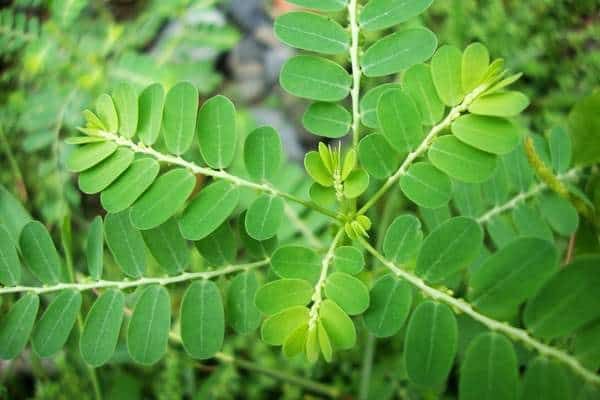
Scientific Name: Phyllanthus urinaria
Chamberbitter is a common weed that grows in gardens and fields, most commonly in nursery crops. Once established, this plant can be extremely difficult to eradicate.
It can grow up to 2 feet tall and has oblong leaves on short branches. They thrive in warmer temperatures and are more common during the summer months.
Keep your turf healthy and well-maintained to keep chamberbitter from growing in your garden. Inspecting nursery crops and removing them while they’re still young will also be beneficial.
4. Hop clover
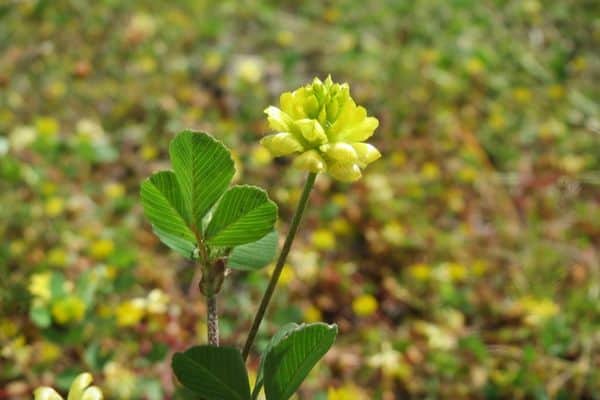
Scientific Name: Trifolium dubium
Hop clover is a type of weed with hairy, reddish-colored stems. It’s easily identified by its bright yellow flowers. Its leaves are similar to those of white clover, with three leaflets.
The plant is classified as an invasive species, which means that if left unchecked, it can cause significant environmental damage. Hop clover grows quickly and produces many seeds, which are dispersed by wind and water.
5. Wild Garlic

Scientific Name: Allium vineale
Wild garlic is a grass-like perennial plant that thrives in well-drained soil and full sun. This plant spreads via underground rhizomes and, on occasion, seeds.
Wild garlic is distinguished by its small greenish-white flowers and hollow cylindrical leaves. They can reproduce and grow underground, forming dense carpets that can be problematic for gardeners who aren’t expecting them.
6. Field Paspalum
Scientific Name: Paspalum laeve
Field Paspalum is a low-growing grass native to the tropics and subtropics. It’s a significant weed problem in pastures, roadsides, and golf courses.
When this weed begins to multiply and compete for nutrients and space with those plants, it can cause problems. To prevent further spread, pull this plant up by the roots and apply herbicides.
7. Annual Bluegrass
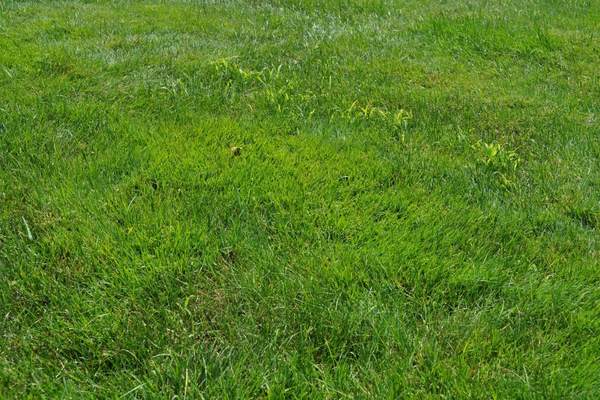
Scientific Name: Poa Trivialis
Annual bluegrass grows quickly, from seed to full maturity in as little as six weeks. This means that any control measures you implement must begin immediately, or the plants will have established themselves and will be difficult to remove.
Annual bluegrass thrives in full sun and moist soil. You can also find it in disturbed areas such as roadsides, gardens, and fields. Pre-emergent herbicides can be used to keep them from growing in your yard.
8. Purple Cudweed
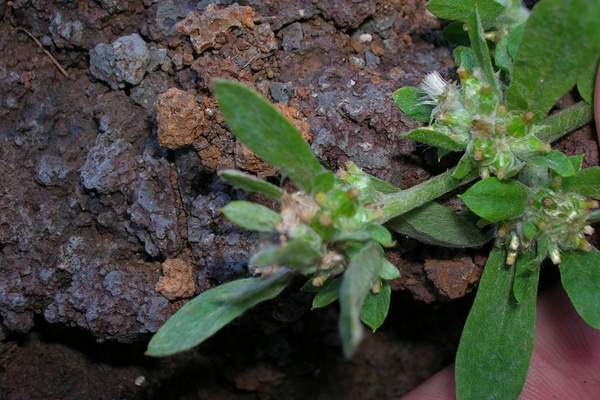
Scientific Name: Gnaphalium purpureum
Purple Cudweed is a biennial or annual plant that grows in nearly all disturbed soils. It has a hairy stem and underleaf that gives it a woolly appearance, and it blooms flowers in clusters from April to October.
These plants can be a nuisance for gardeners because of how quickly their wind-borne seeds spread. The presence of thick and healthy turf in your garden may prevent the seeds from germinating, but if they’re already established, you can dig them out by hand.
9. Spurge
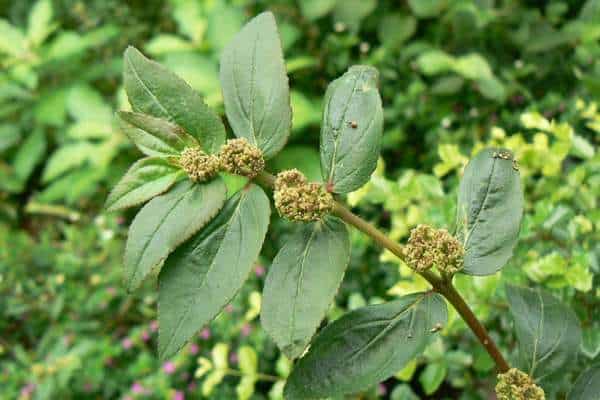
Scientific Name: Chamaesyce hirta
The garden spurge is a common weed that grows in well-drained soils with full or partial sunlight. It has hairy green leaves and tiny flowers that grow at the tips of the stems. This invasive plant can harm your lawn and other plants by competing for nutrients and water in the soil. They also reproduce quickly and can take over an area if not managed.
Garden spurge can be removed before it becomes established in the ground, or you can eliminate it with herbicides.
10. Autumn olive

Scientific Name: Elaeagnus umbellata
Autumn olive is a small tree or shrub that can be a nuisance to garden owners. It thrives in disturbed environments and can be found in old fields, open woods, and woodland edges. The leaves are silvery and dotted on the underside, and it produces clusters of red, juicy fruits.
Since the fruits of this tree are frequently eaten by many animals, particularly birds, its seeds spread quickly in many areas. You can use herbicides to control the growth of this tree.
11. Goosegrass
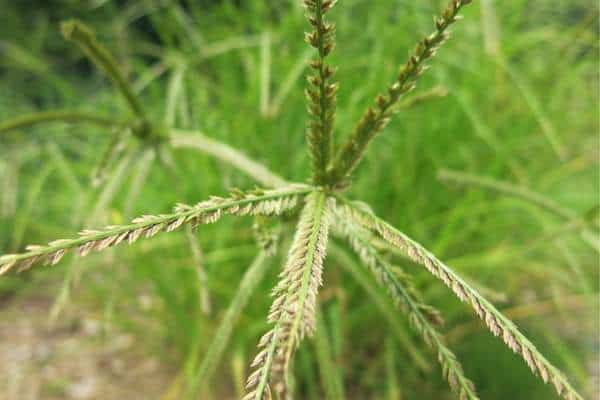
Scientific Name: Eleusine indica
Goosegrass is a plant that grows throughout the United States, including Georgia. You can find it in lawns, gardens, and other areas with grass.
This grass grows in clumps and has a whitish to silverfish color in the middle. It grows and spreads rapidly and abundantly, so you must eradicate it before it spreads. If you want to get rid of goosegrass quickly, dampen the soil and pull it by hand, making sure to get the roots to prevent regrowth.
12. Field Violets

Scientific Name: Viola arvensis
Field violets are hardy annuals that thrive in most organically rich soils. Their leaves have round-toothed margins and hairy veins. They produce white to pale yellow petals with purple edges and bloom in late winter and early spring.
Field violets are weeds that you must control because they can significantly alter the ecology of an area by crowding out native plants. Pulling them out by hand is one option, but if you don’t pull them out at their roots, they’ll regrow. Herbicides can also be used, but make sure not to spray them on any other vegetation.
13. Dallisgrass
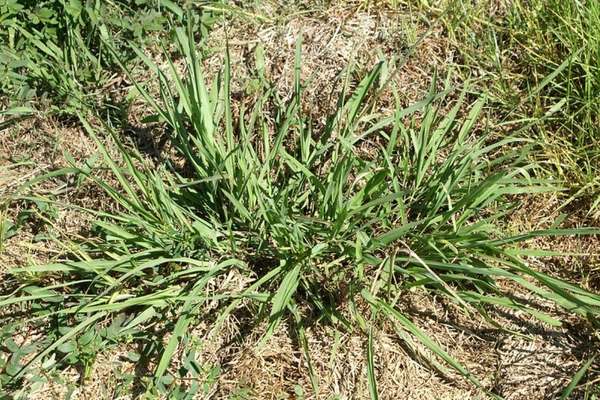
Scientific Name: Paspalum dilatatum
Dallisgrass is a noxious weed that can destroy your lawn, garden, and landscaping. They’re difficult to eradicate because they have deep roots that can grow up to 3 feet long.
If they’re still young, the best way to control them is to hand-pull them or spray them with herbicides. Remember to remove or kill the roots as well, as only a few of these are required for this grass to reappear.
14. Henbit
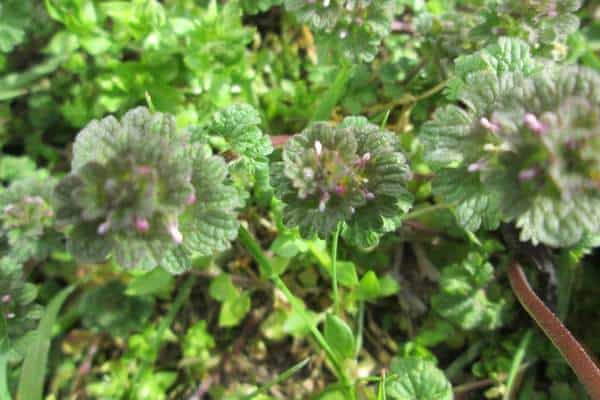
Scientific Name: Lamium amplexicaule
Henbit is a plant that grows aggressively in lawns and gardens. It prefers moist soil and grows best in full sun or partial shade.
The leaves are serrated, and the flowers range from pink to purple with darker purple spots. If you have henbit growing in your garden and want to get rid of it, hand-pull the entire plant, including the roots, to prevent it from regrowing.
15. Poorjoe
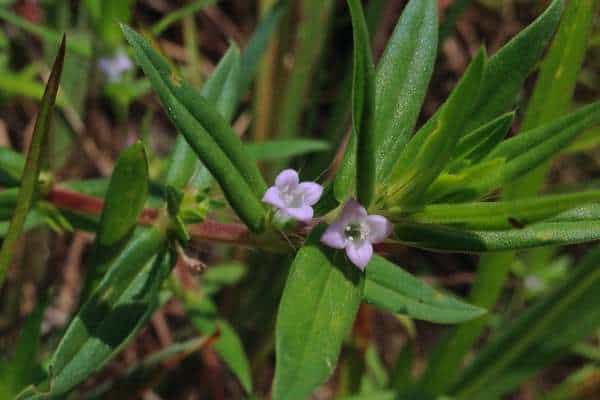
Scientific Name: Diodia teres
Poorjoe is a semi-erect summer annual found in dry areas. It was given the name ‘poor’ because of its ability to survive and thrive in poor soil conditions.
It can harm crops and other plants by competing for resources such as water and sunlight and preventing seed germination. To control poorjoe, you can hand-pull the weeds out of the ground during their early stages of growth.
